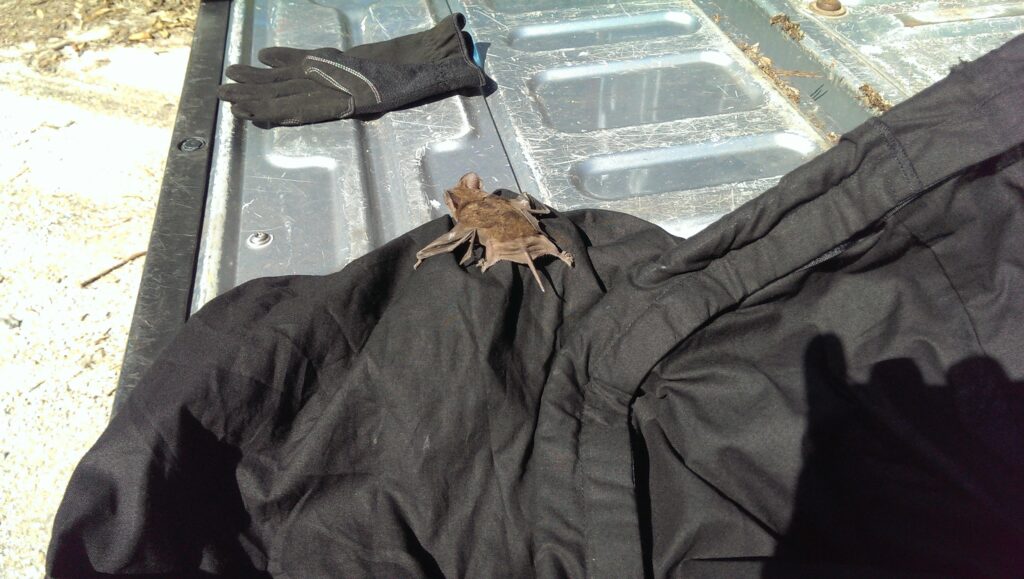
Bats: (Chiroptera)
Bats belong to the mammal order Chiroptera, which means “hand-wing.” They are the only mammals that can truly fly. Florida has 13 resident bat species.
The wings of bats are supported by the bones of the arms, as well as bones of the hands and fingers. Some bats have long, narrow wings, while others have shorter, but broader, wings. Wing membranes are very thin, but are living tissue. Wing membranes usually extend down along the bats’ sides and are connected to their hind legs and at least part of the tail. Bats’ feet are small and not very good for crawling, but they are uniquely adapted for grasping structures in a way that allows the bats to hang upside down.
Bats live in many different habitats across Florida. They can be found in dry, upland pine forests, in the hardwood forests along the banks of rivers, and most habitats in-between. You can probably even find them flying around in your neighborhood!
One of the most important parts of their habitat is a place to roost. In Florida, natural roosting sites can be caves, in cracks, crevices or hollows of trees, under dead fronds of palm trees, and in Spanish moss.
Bats also use manmade structures including buildings, bridges, culverts, tile roofs and bat houses. Florida’s native bats are insectivorous, meaning they eat insects including beetles, mosquitoes, moths and other agriculture and garden pests. In fact, bats do a great job of helping to control insects because a single bat can eat hundreds of insects in a night!
In Florida, bats mostly mate in the fall and winter. Most female bats give birth to only one baby bat, called a pup, each year. Bats do not build nests. Pregnant females of some species will gather together in nursery colonies when they are ready to have their pups. They normally give birth from mid-April through July, and their young begin to fly within 3 to 6 weeks. The young bats are usually weaned from their mothers by mid-August, when the juveniles are able to fly and search for food on their own.
Contrary to popular belief, bats are not blind, and many species see quite well. Because they are active at night, bats are adapted for seeing in dim light. Even in complete darkness, bats are agile, highly maneuverable fliers because they use sound waves to detect objects (echolocation). This helps bats to be very skillful flyers in the dark and to hunt successfully for food.


